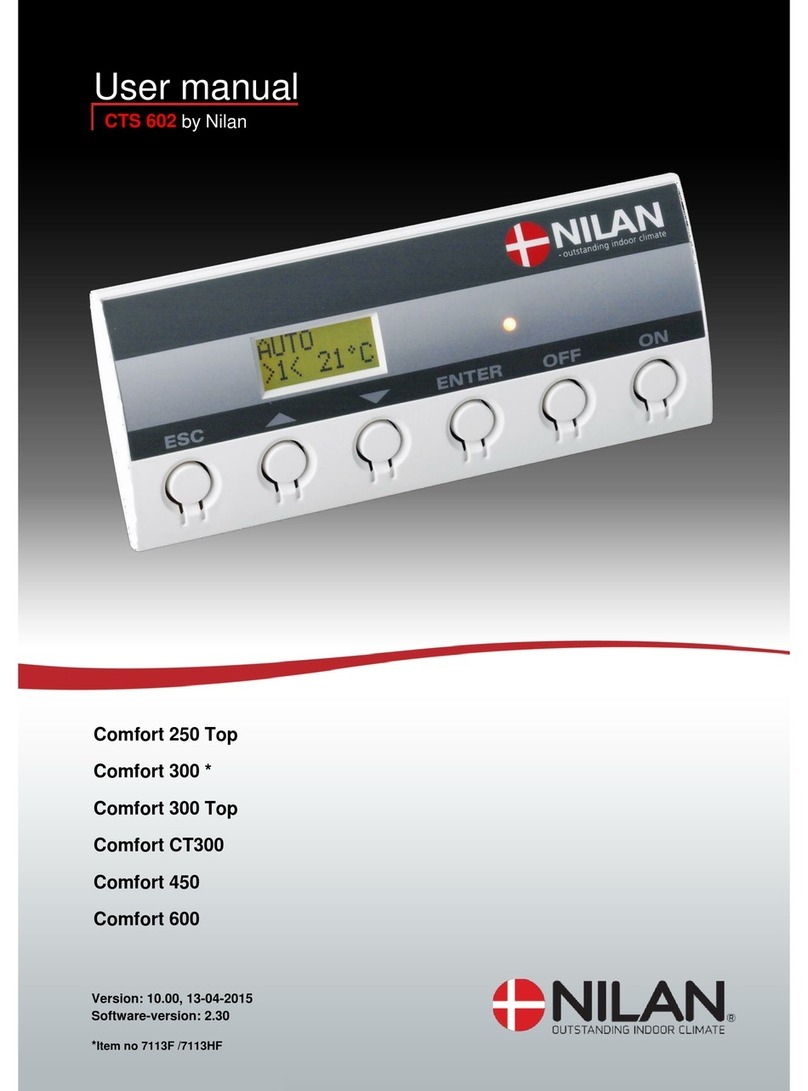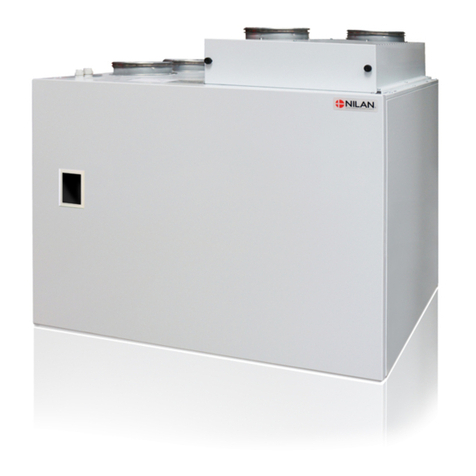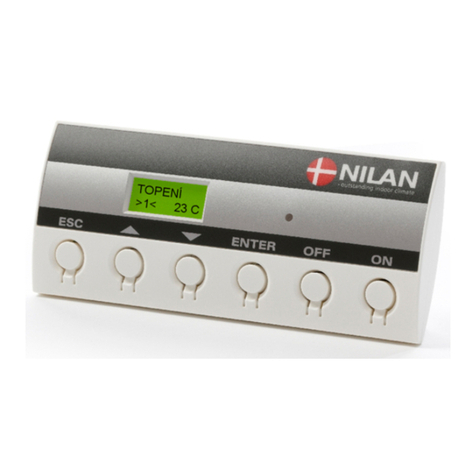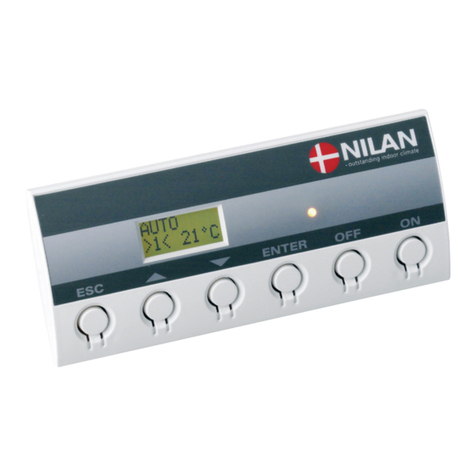TABLE OF CONTENTS
Safety
Important information......................................................................................................................................................................................................................................................4
Power supply................................................................................................................................................................................................................................................................... 4
Heat pump domestic hot water...................................................................................................................................................................................................................4
Disposal............................................................................................................................................................................................................................................................................................. 4
Ventilation system....................................................................................................................................................................................................................................................4
Heatpump............................................................................................................................................................................................................................................................................4
Quickguide
Safety switch...............................................................................................................................................................................................................................................................................5
Emergency stop ventilation............................................................................................................................................................................................................................5
The control panel.................................................................................................................................................................................................................................................................... 6
Front page elements............................................................................................................................................................................................................................................... 6
Front page setting options...............................................................................................................................................................................................................................7
Information........................................................................................................................................................................................................................................................................8
Warnings and alarms.............................................................................................................................................................................................................................................. 9
Settings menu overview................................................................................................................................................................................................................................. 10
User and installer rights..................................................................................................................................................................................................................................11
Service and Maintanance
Maintenance.............................................................................................................................................................................................................................................................................12
Regular maintenance......................................................................................................................................................................................................................................... 12
External cleaning..................................................................................................................................................................................................................................................... 12
Changing the filters............................................................................................................................................................................................................................................. 12
Illustration of filter change.......................................................................................................................................................................................................................... 13
Water trap....................................................................................................................................................................................................................................................................... 14
Safety valves...............................................................................................................................................................................................................................................................14
Service............................................................................................................................................................................................................................................................................................ 15
Annual service............................................................................................................................................................................................................................................................15
Visual inspection......................................................................................................................................................................................................................................................15
Checking the sacrificial anode..................................................................................................................................................................................................................15
Checking the safety valve.............................................................................................................................................................................................................................15
Internal cleaning...................................................................................................................................................................................................................................................... 15
Check the air intake and outlet............................................................................................................................................................................................................... 15
Check ventilation ducts....................................................................................................................................................................................................................................16
The heat pump............................................................................................................................................................................................................................................................16
User settings
Ventilation.................................................................................................................................................................................................................................................................................. 17
Filter settings.............................................................................................................................................................................................................................................................. 17
Operating mode........................................................................................................................................................................................................................................................ 18
Humidity control...................................................................................................................................................................................................................................................... 19
Settings active cooling......................................................................................................................................................................................................................................20
Ventilation at times of low outdoor air temperature..................................................................................................................................................... 22
CO2 control.................................................................................................................................................................................................................................................................... 23
Reading off temperatures............................................................................................................................................................................................................................ 24
Domestic hot water.......................................................................................................................................................................................................................................................... 25
DHW standby function.......................................................................................................................................................................................................................................25
DHW settings domestic hot water production........................................................................................................................................................................26
DHW anti legionella............................................................................................................................................................................................................................................... 27
DHW reading off temperatures...............................................................................................................................................................................................................28
General settings................................................................................................................................................................................................................................................................... 29
Display settings........................................................................................................................................................................................................................................................ 29
Week programme....................................................................................................................................................................................................................................................30
Information................................................................................................................................................................................................................................................................................31
Event log........................................................................................................................................................................................................................................................................... 31
Compact P all device data..............................................................................................................................................................................................................................32
2































